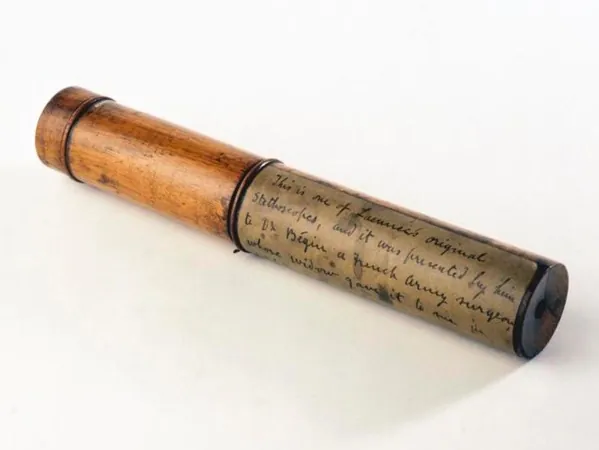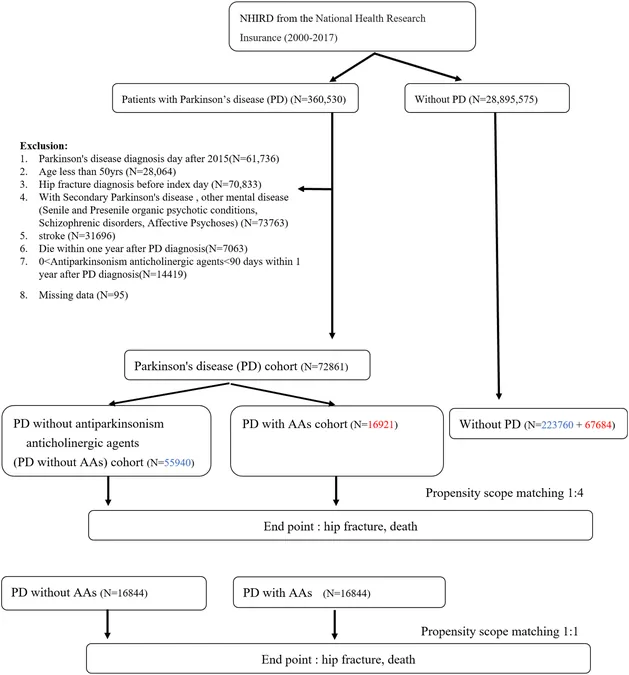
Revolutionizing Diagnosis: The Impact of Laennec’s Stethoscope
2024-11-20
Author: Jacques
In the world of healthcare, the stethoscope hangs prominently around the necks of countless medical professionals, serving as a crucial diagnostic tool. Its history dates back to 1816, when it was first invented by the French physician René Laennec, who sought more effective ways to assess cardiac and respiratory conditions.
Laennec began his medical journey at the Hôpital de la Charité and attained his medical degree in 1804. He became particularly interested in auscultation, the practice of listening to internal sounds of the body to diagnose conditions. Although physicians of the time relied on methods like striking their fingers or placing their ears directly on a patient’s chest, Laennec found these practices inadequate and socially limiting.
The breakthrough moment came in late 1816 when Laennec observed children using a wooden bar to transmit sounds. Inspired, he created a makeshift tube from paper to listen to a female patient’s heart without breaching social norms. This innovation eventually evolved into the stethoscope—derived from the Greek words meaning “chest” and “to view.”
Laennec’s stethoscope allowed for the identification of various respiratory and cardiac conditions with unprecedented clarity. In his seminal work, A Treatise on the Diseases of the Chest, he acknowledged this revolutionary device's capacity to illuminate the signs of ailments like lung ulcers and heart hypertrophy. His use of wood as a material enabled him to refine the acoustics and develop a functional, portable instrument—resulting in a graceful design that was both practical and effective.
Despite its initial popularity, Laennec encountered skepticism and resistance from the medical community. Nonetheless, he defended his achievements with compelling evidence and furthered his contributions to medicine by coining new medical terms to describe various diseases, including cirrhosis and spontaneous pneumomediastinum.
Recognized for his contributions, Laennec was appointed a member of the Royal Academy of Medicine in 1823 and continued his professional journey as a professor of clinical medicine at La Charité. However, his health declined due to tuberculosis, a condition he initially battled in silence. Sadly, he passed away at just 45 years old in 1826.
Laennec’s legacy lives on through the stethoscopes in use today. Modern advancements have transformed this diagnostic instrument, with innovative designs introduced by figures such as Dr. David Littman in 1961, who incorporated dual earpieces and other enhancements. Recent technology has even ushered in digital stethoscopes that enable remote auscultation, allowing for telemedicine solutions—a concept that would have been inconceivable in Laennec’s time.
Reflecting on Laennec’s work, it is evident that his inventive spirit and dedication to medicine not only changed how physicians diagnose patients but also paved the way for future advancements in healthcare. The evolution of the stethoscope serves as a testament to the profound impact of innovation in medicine, reminding us that each new idea builds upon the last in the pursuit of improved patient care. As we progress into a more digitized future, one can only imagine the next revolutionary tool that will emerge in the realm of medical diagnostics.









 Brasil (PT)
Brasil (PT)
 Canada (EN)
Canada (EN)
 Chile (ES)
Chile (ES)
 España (ES)
España (ES)
 France (FR)
France (FR)
 Hong Kong (EN)
Hong Kong (EN)
 Italia (IT)
Italia (IT)
 日本 (JA)
日本 (JA)
 Magyarország (HU)
Magyarország (HU)
 Norge (NO)
Norge (NO)
 Polska (PL)
Polska (PL)
 Schweiz (DE)
Schweiz (DE)
 Singapore (EN)
Singapore (EN)
 Sverige (SV)
Sverige (SV)
 Suomi (FI)
Suomi (FI)
 Türkiye (TR)
Türkiye (TR)